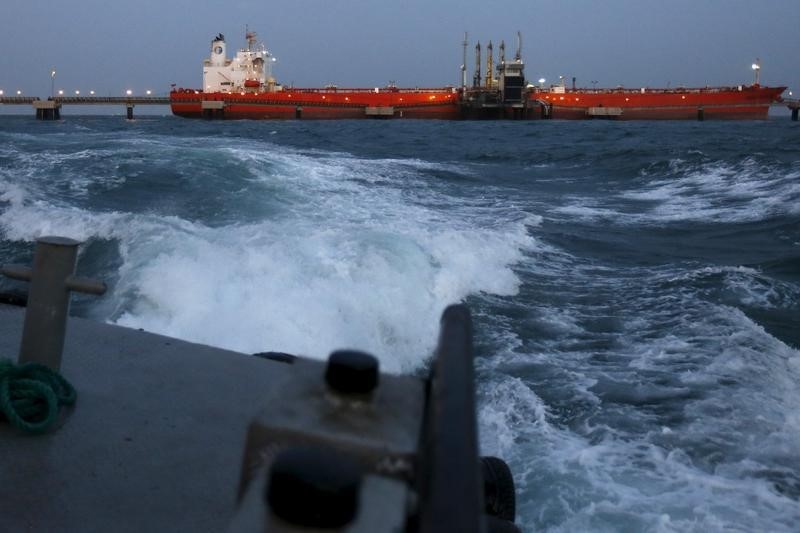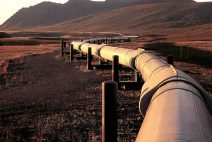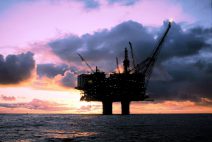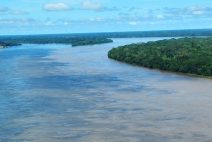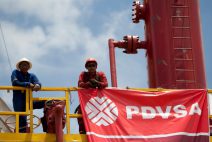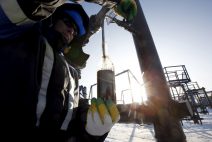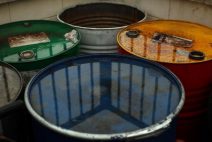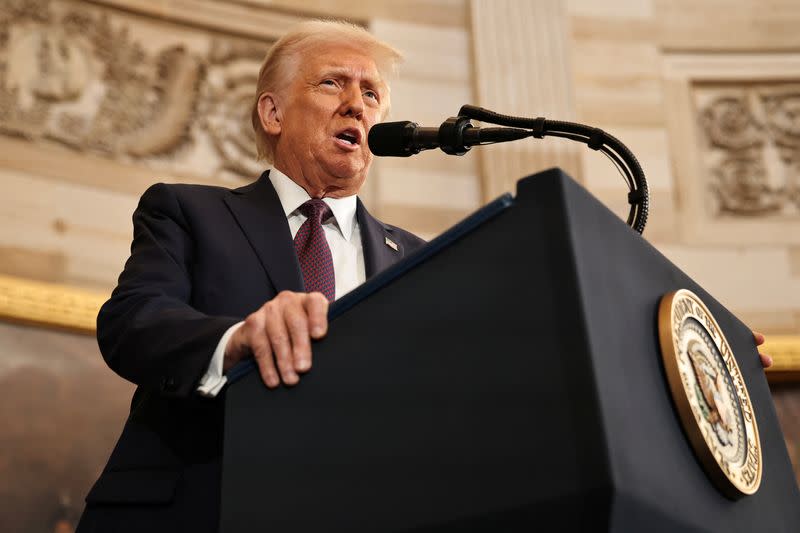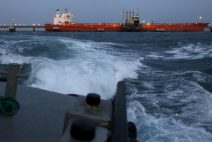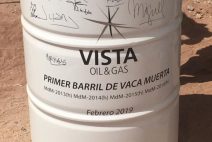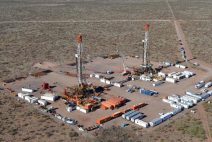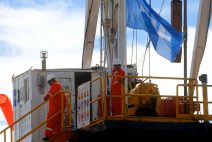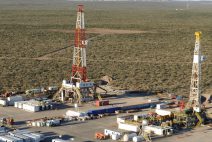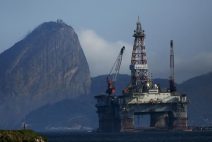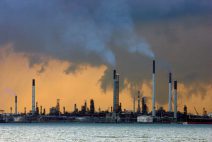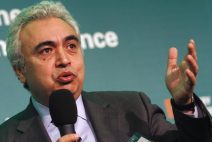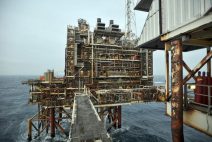Iran has opened its first oil export terminal that does not require tankers to pass through the Strait of Hormuz, a chokepoint patrolled by warships of its arch foe the US, President Hassan Rouhani announced.
Rouhani hailed as a "historic day" the inauguration of the new terminal located at Jask on the Gulf of Oman, which will allow tanker ships headed into the Arabian Sea and beyond to avoid the narrow waterway.
Iran's other major oil terminal is located at the Gulf port of Kharg, accessed through the Strait of Hormuz, which is less than 40 kilometres (25 miles) wide at its narrowest point, and where US and Iranian naval vessels have faced off in the past.
"We had a terminal and if there was a problem, our oil exports would be cut off," Rouhani acknowledged, adding that "today is a great, historic day for the Iranian nation".
Iran has been under punishing US sanctions since then president Donald Trump more than three years ago unilaterally withdrew from the landmark 2015 Iran nuclear deal, heavily impacting Iranian energy exports.
"The oil industry is very important for us, and it is also important for the enemy," Rouhani said in televised comments.
Iran has also built a 1,000 kilometre (600 mile) pipeline, to carry its oil from Goreh in the southwestern Bushehr province to the new terminal in the country's southeast.
Rouhani estimated at $2 billion the value of the new project which, according to Iranian media, has been underway for about two years.
The Strait of Hormuz, which connects the Gulf to the Arabian Sea, is the main shipping lane linking Middle East oil producers to markets in Asia, Europe and North America.
The location of the new terminal will also save tankers headed into the open seas several days' sailing time.
